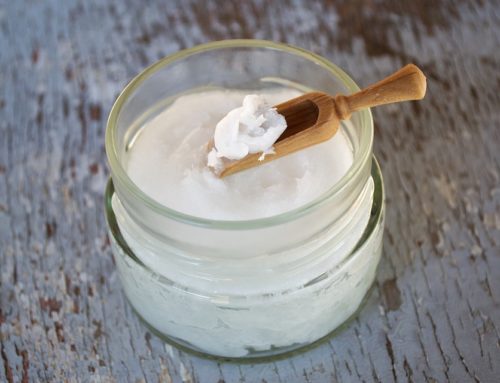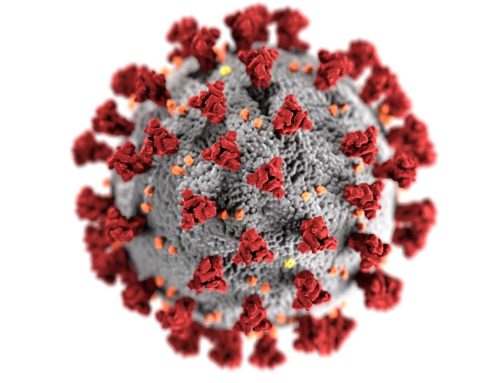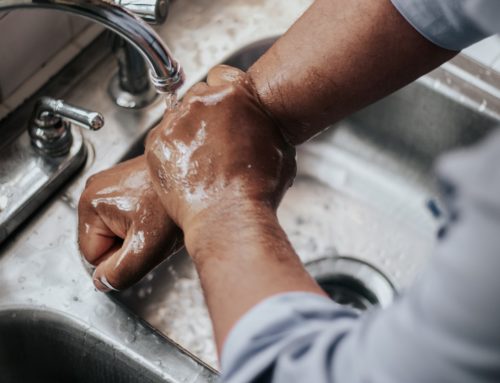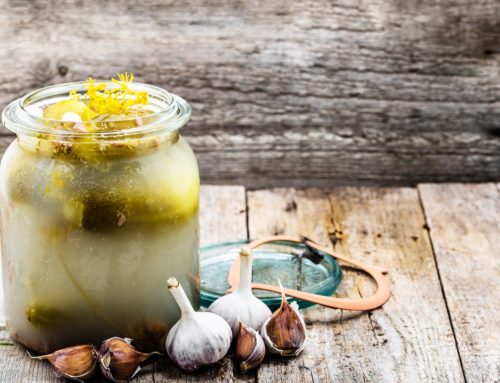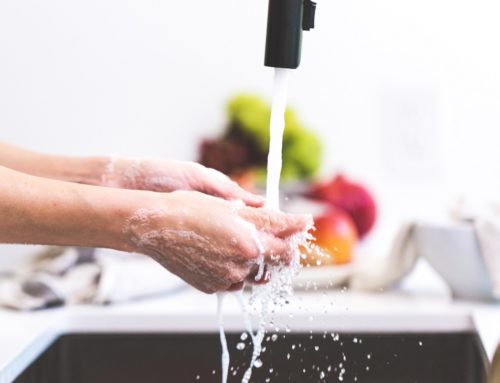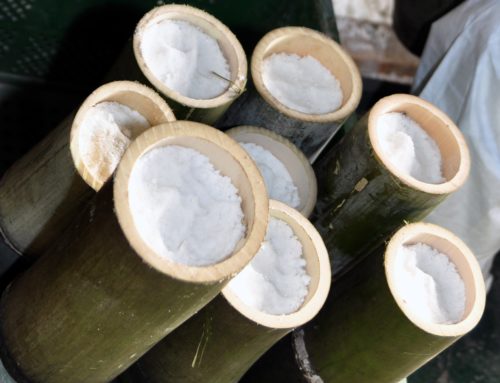Disinfectant hand gels do more harm than good.
Scientists and institutes warn. Disinfectant hand gels are toxic. Simply washing your hands is usually much safer and just as effective. What are the 8 toxins in hand gels? Toxins in hand gels are considerably more dangerous than Covid-19. Hand gels are potentially more harmful than the coronavirus.
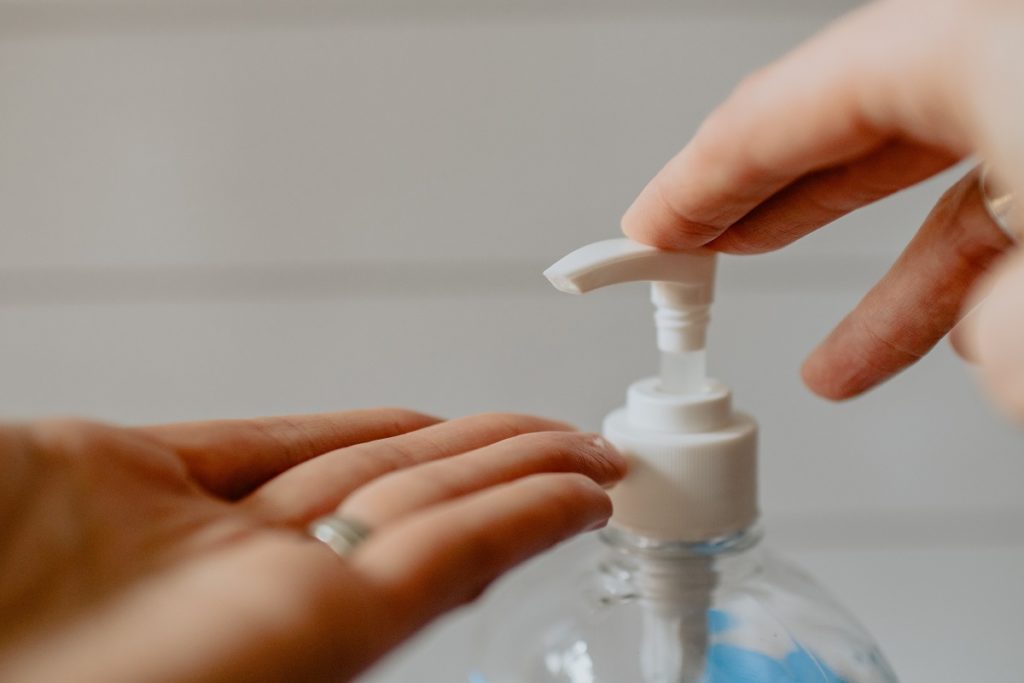
What are the 8 toxins in hand gels?
- Methanol in hand gels is toxic. Severely dehydrates the skin. It is toxic and can cause death if ingested.
According to officials from the FDA Agency, 81% of existing hand disinfectants (hand gels) contain the toxin methanol, also known as wood alcohol. The chemical substance can cause blindness and death if ingested.
“Methanol can dehydrate the skin, cause dry skin and can lead to dermatitis in the affected area. The main problem with methanol is that it is absorbed by the skin and can result in toxic levels of this chemical,” said Dr. Michael Dannenberg, the chairman of dermatology at Huntington’s Hospital in Pasadena, California, to Healthline.
“Methanol toxicity may result from ingestion or absorption through the lungs (i.e. inhalation of methanol vapours) or absorption through the skin. Intake via the skin can be a problem for anyone, but young children are most at risk here,” he said.
Symptoms of methanol poisoning are nausea, vomiting, dizziness, headaches, weakness, visual disturbances and loss of consciousness. - Ethanol in hand gels is toxic. Carcinogenic, and ethanol impairs our fertility levels.
A lot of hand gels contain 70% ethanol. Ethanol is a toxic and carcinogenic substance. sources: SZW list of carcinogens and alcohol and cancer, Belgian Foundation Against Cancer (kanker.be)
When working with ethanol, the harmful substance is absorbed into the bloodstream primarily through the skin and lungs. Exposure to ethanol can lead to cancer. It can also lower fertility and possibly have an effect on the development of future offspring.
Alcohol Denat (>70%), This hard alcohol irritates the skin and impairs its natural protective layer. As a result, the skin becomes more sensitive to bacteria, viruses, fungi and chemicals.
In most cases, washing your hands with soap and water is better than using hand disinfectants such as hand gels. Do not use hand gels. - Triethanolamine in hand gels is toxic. Diethanolamine (DEA), triethanolamine (TEA) are carcinogenic.
DEA and TEA are compounds with ammonia and when they come into contact with nitrates they can form carcinogenic nitrosamines. These substances are toxic if they are absorbed by the skin over a prolonged period of time.
The Dutch consumer association: “This substance is on a list of ingredients that may only be used in cosmetics under specific conditions. The substance may react with certain other ingredients, which could make it dangerous.”
Triethanolamine (Trolamine) may contain nitrosamines. These potentially carcinogenic compounds may arise from the secondary amines that may be present in trolamine as an impurity. The European Pharmacopoeia lays down strict standards regarding the abovementioned impurities. In Germany, statutory legislation stipulates that no more than 2.5% of trolamine may be used in dermatics. - Perfumes in hand gels are toxic. Headaches, skin rashes and dizziness are just a few of the symptoms caused by perfumes.
Perfumes are combined in such a way that it seems as if the product smells nice, but in reality they are all hazardous chemicals!
Some of the conditions these substances can cause: headaches, dizziness, skin rashes, hyperpigmentation, coughing, vomiting, skin irritations… and so on. It is also very important to note that perfumes, whether chemical or natural, are associated with hormone-disruptive properties.
In 95% of cases, natural perfumes are a totally misleading name. Such as natural perfume made from coconut. It does not contain a single gram of coconut, but it does contain a chemical variant that resembles it. - Sodium benzoate (benzoate) in disinfectant hang gels is toxic. Sodium benzoate (benzoate) in disinfectant hang gels is toxic.
The chemical benzoate can disrupt the hormonal balance and affect the immune system, central nervous system and reproductive organs. The chemical benzoate can disrupt the hormonal balance and affect the immune system, central nervous system and reproductive organs. It can penetrate the skin through the pores and cause poisoning This chemical preservative can trigger an allergy.
Make no mistake! Sodium benzoate does not occur naturally. Although benzoic acid is found in many plants, including cinnamon, cloves, tomatoes, berries, plums, apples and cranberries. And that is perfectly fine. A major concern about the use of sodium benzoate is its ability to transform into benzene, a known carcinogen.
Studies on animals suggest that sodium benzoate may activate inflammation routes in the body in direct proportion to the amount that is ingested. This relates to inflammations that stimulate the development of cancer (10).
Attention Deficit Hyperactivity Disorder (ADHD): a study among students which linked ADHD to a higher intake of sodium benzoate in drinks. The additive has also been linked to ADHD in several studies of children. Oxidative stress: test tube studies suggest that the higher the concentration of sodium benzoate, the more free radicals are formed. Free radicals can damage your cells and increase the risk of chronic diseases. Allergies: a small percentage of people may develop allergic reactions – such as itching and swelling – after eating food or using personal care products that contain sodium benzoate. - Propylene glycol (PG, PPG-6) in hand gels is toxic. Propylene glycol causes allergic reactions and causes the skin to age prematurely.
Propylene glycol is a moisture carrier and is used in products instead of glycerine. It is better absorbed by the skin than glycerine and is cheaper. That is why it is widely used in cosmetics and hand gels. However, it is also used in detergents, brake fluid, antifreeze, latex and paint! It removes oils and severely dehydrates the skin. It causes the skin to age prematurely. Moreover, it can be absorbed into the bloodstream and cause allergic reactions, as well as hives and eczema.
If you see PEG (polyethylene glycol) or PPG (polypropylene glycol) on a label, be careful: these are synthetic substances related to propylene glycol (PG).
If inhaled or ingested, this substance can cause diarrhea, nausea and vomiting. It can also be absorbed into the bloodstream, causing kidney damage, liver dysfunction and DNA damage. In industry, it is therefore also mandatory for workers who work with this substance to wear protective suits, masks and gloves, while the concentration levels which they work with are often lower than in cosmetics or hand gels! - Carbomeres in hand gels are toxic. Carbomeres make the skin of the hands overly sensitive.
This is a synthetic swelling / thickening agent in creams, toothpaste, eye make-up, bath products and hand gels. Used in hand gels to thicken the alcohol into a gel. This way they create the sensation that you are using a really lovely gel. It is very cheap, but these ingredients often cause skin hypersensitivity over time. It is indicated as, e.g. Carbomer 934-940-941, 980,1342,2020,Ultrez, Tr1-2 etc. It can cause eye irritations and should be avoided. - Triclosan in hand gel is toxic. Triclosan weakens the immune system and boosts the development of allergens.
Triclosan is a powerful and widely used chemical antibacterial and antifungal substance. It is a white powder with a slight aromatic smell. It is almost insoluble in water, but highly soluble in ethanol and highly alkaline solutions.
Triclosan prevents and inhibits bacterial growth. (Which is of no use with a virus like Covid-19). These products are labelled with the trademarks Microban or Sanitized. Triclosan is used in these products as a preservative and deodorizer, not to protect the health of consumers. In the United States, Johnson & Johnson were fined for misleading health claims and the company had to withdraw unfounded health claims on Microban products. Triclosan has a detrimental effect on the contraction effect of muscles, such as in the heart muscle and the skeletal muscles. Several researchers found that ordinary household soap is just as effective as antibacterial soap and soap with triclosan. Results of the studies revealed that triclosan is harmful to health and can have a serious negative effect on the body. The synthetic substance tricloson was found in 75% of Americans in their blood, urine and breast milk. This leads to a weakening of the immune system. Because of the weak(er) immunity, more allergies tend to develop and the human organism becomes less resilient to external influences. It has been proven that this synthetic substance disrupts the endocrine system. This harmful ingredient can lead to infertility, weight gain and thyroid dysfunction. It is also harmful to the environment.
Triclosan is particularly dangerous for pregnant women. It disrupts hormonal function. This means that less oxygen-rich blood is fed to the foetus. This can cause serious health problems in unborn babies. In the EU, the maximum authorised quantity of triclosan in products is 0.03% and 0.02% for mouthwash. We recommend avoiding all products that contain triclosan.
Unilever: In 2015, Unilever was pressured into stopping manufacture of skincare and cleaning products that use triclosan, and the goal was to completely stop using triclosan and triclocarban by the end of 2017.
Disinfectant triclosan in, e.g. toothpaste can disrupt the thyroid gland and consequently the hormonal system. Frequently rubbing your hands with products that contain triclosan is therefore detrimental to thyroid function.


